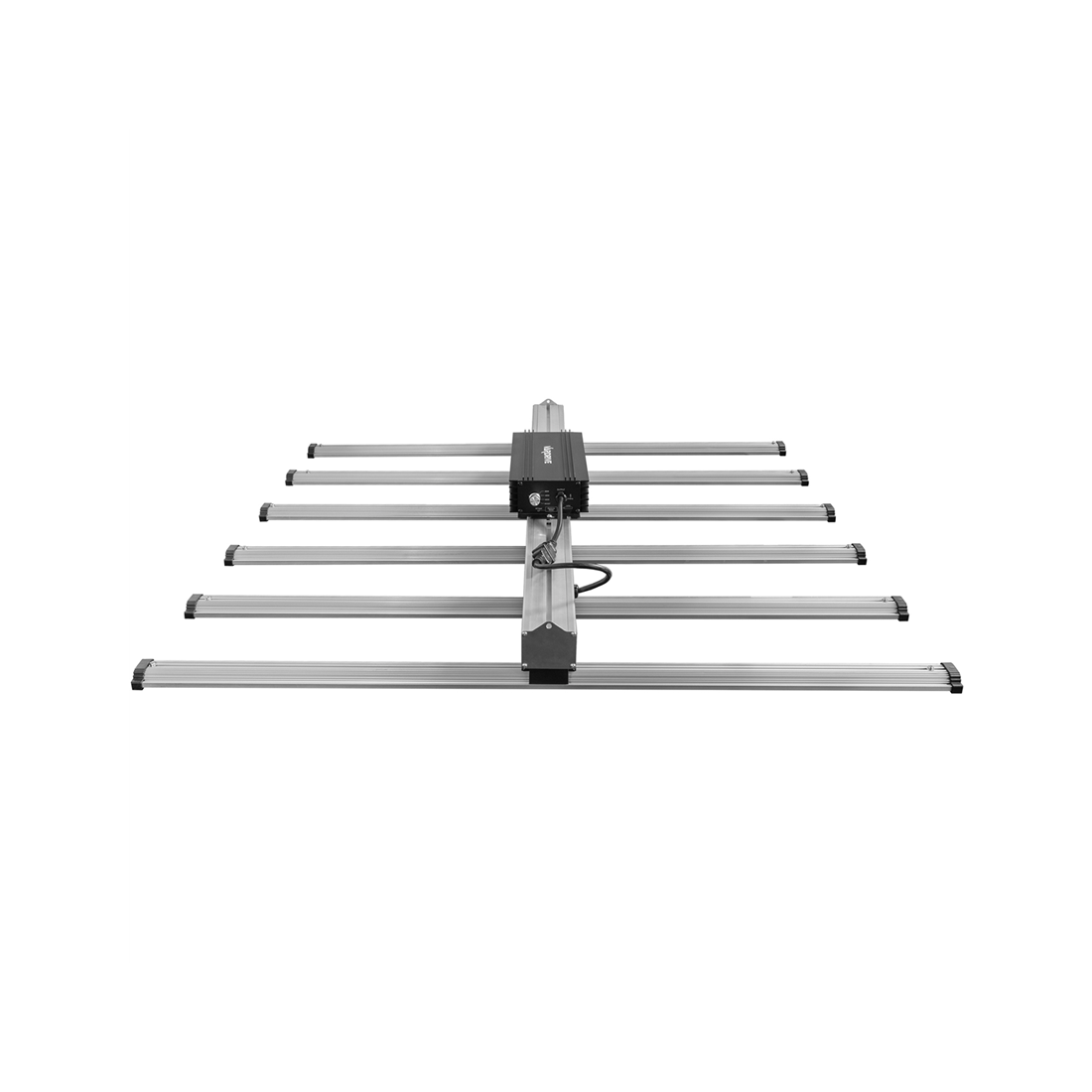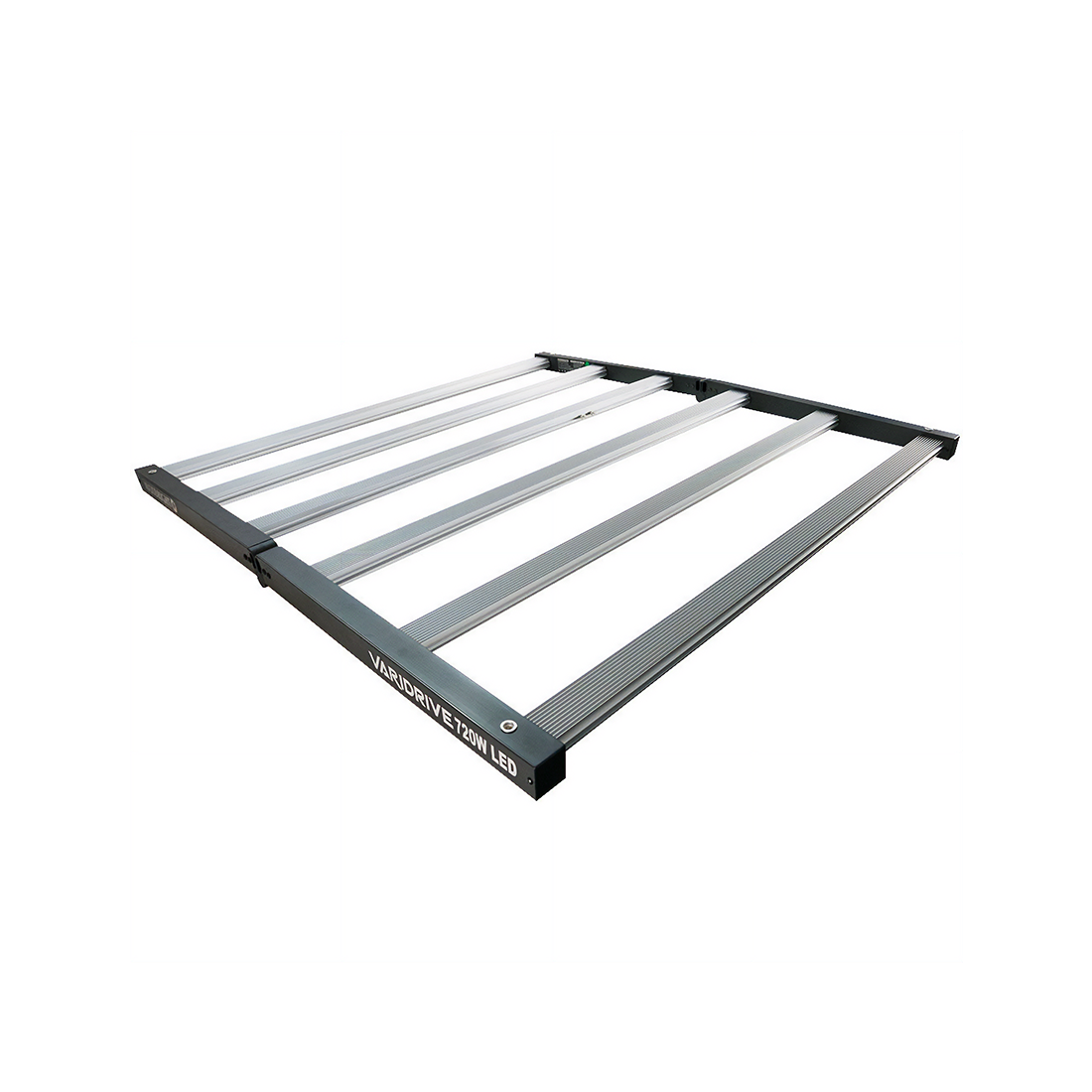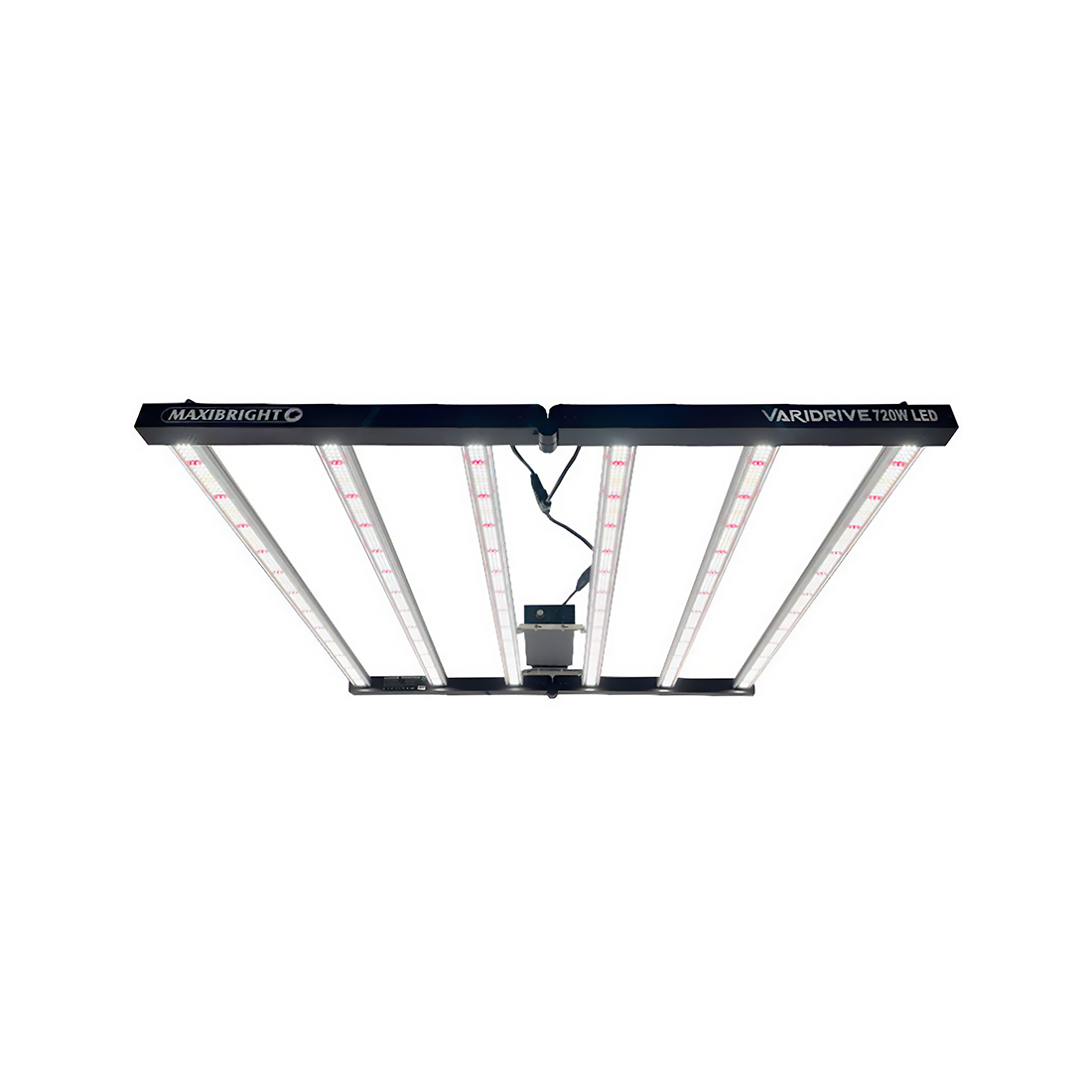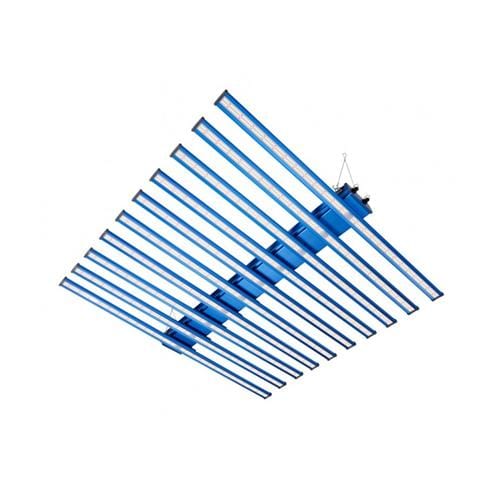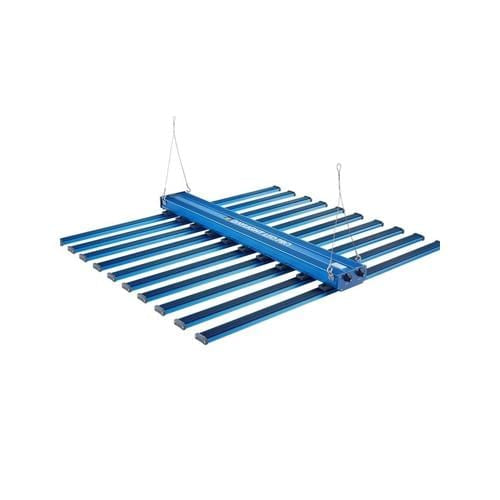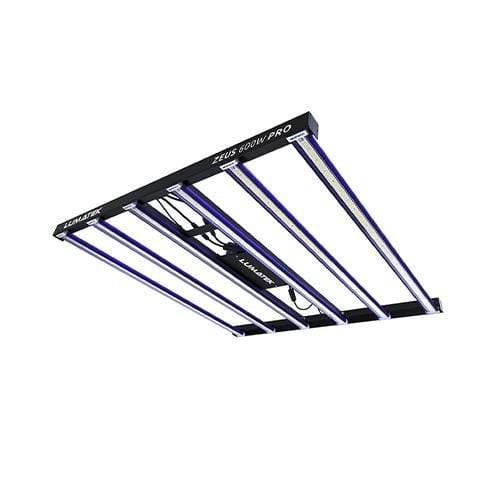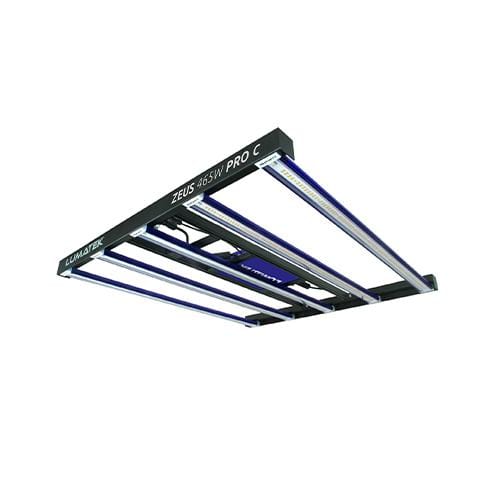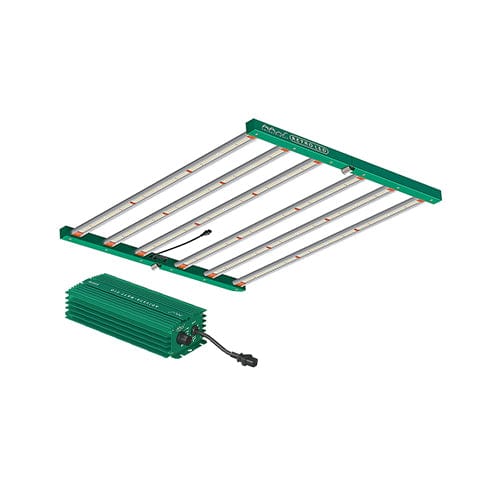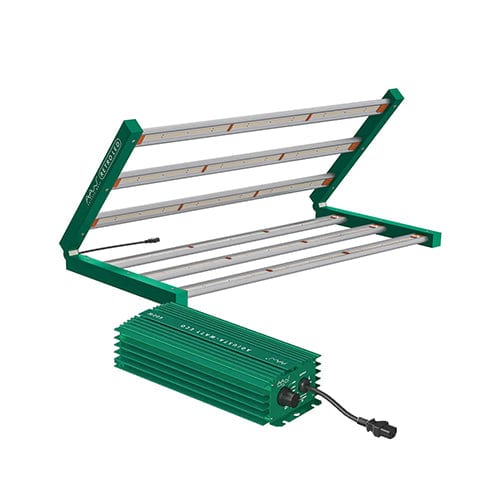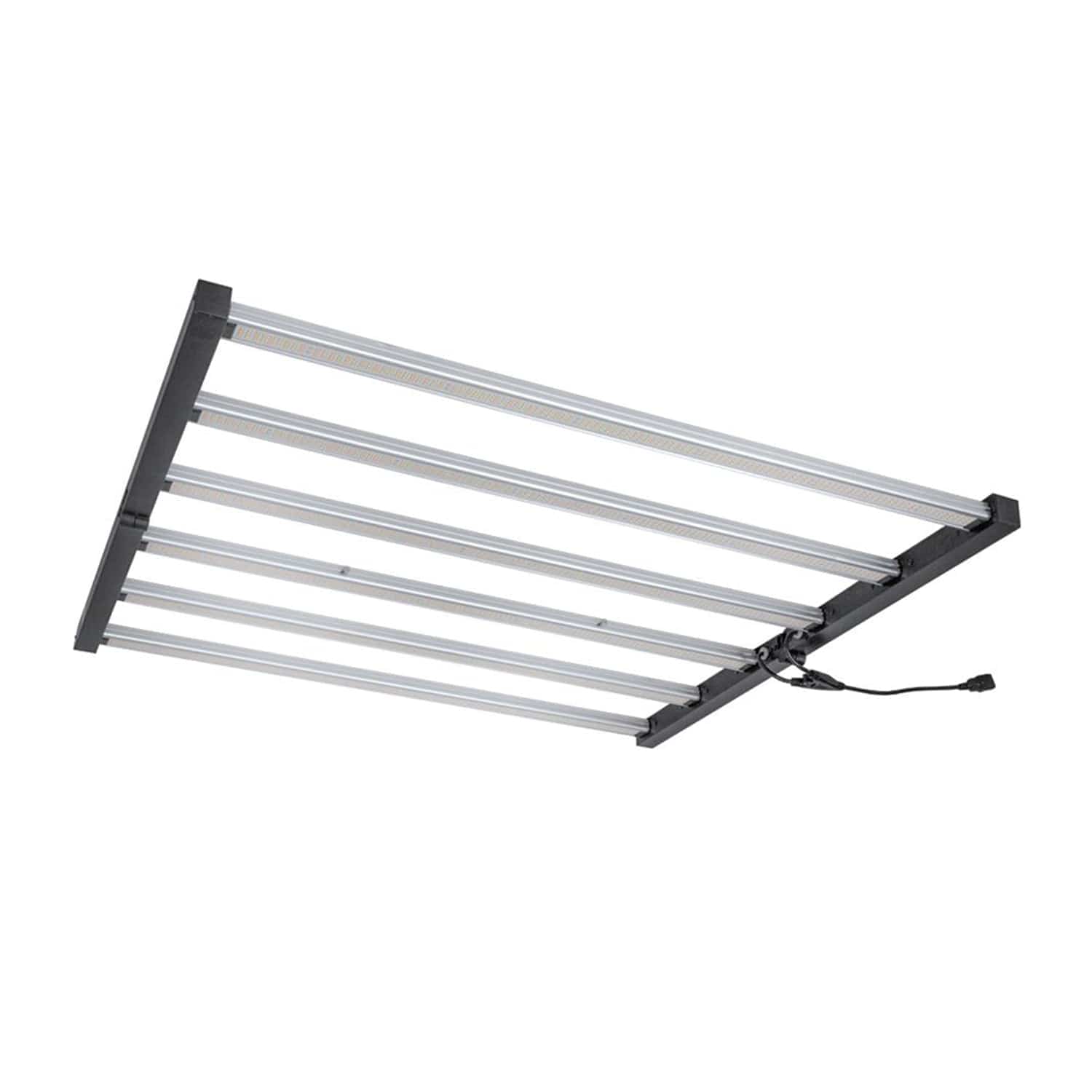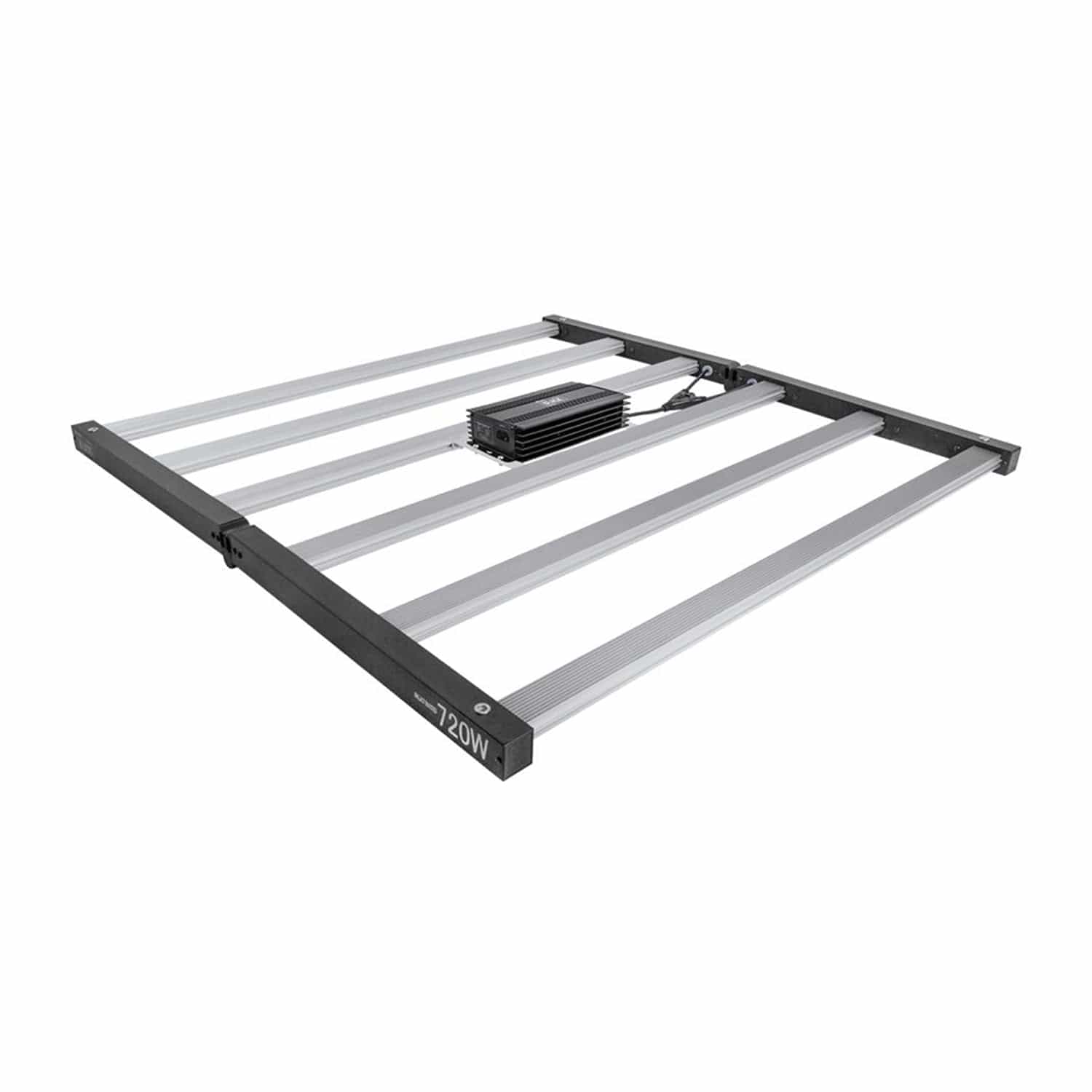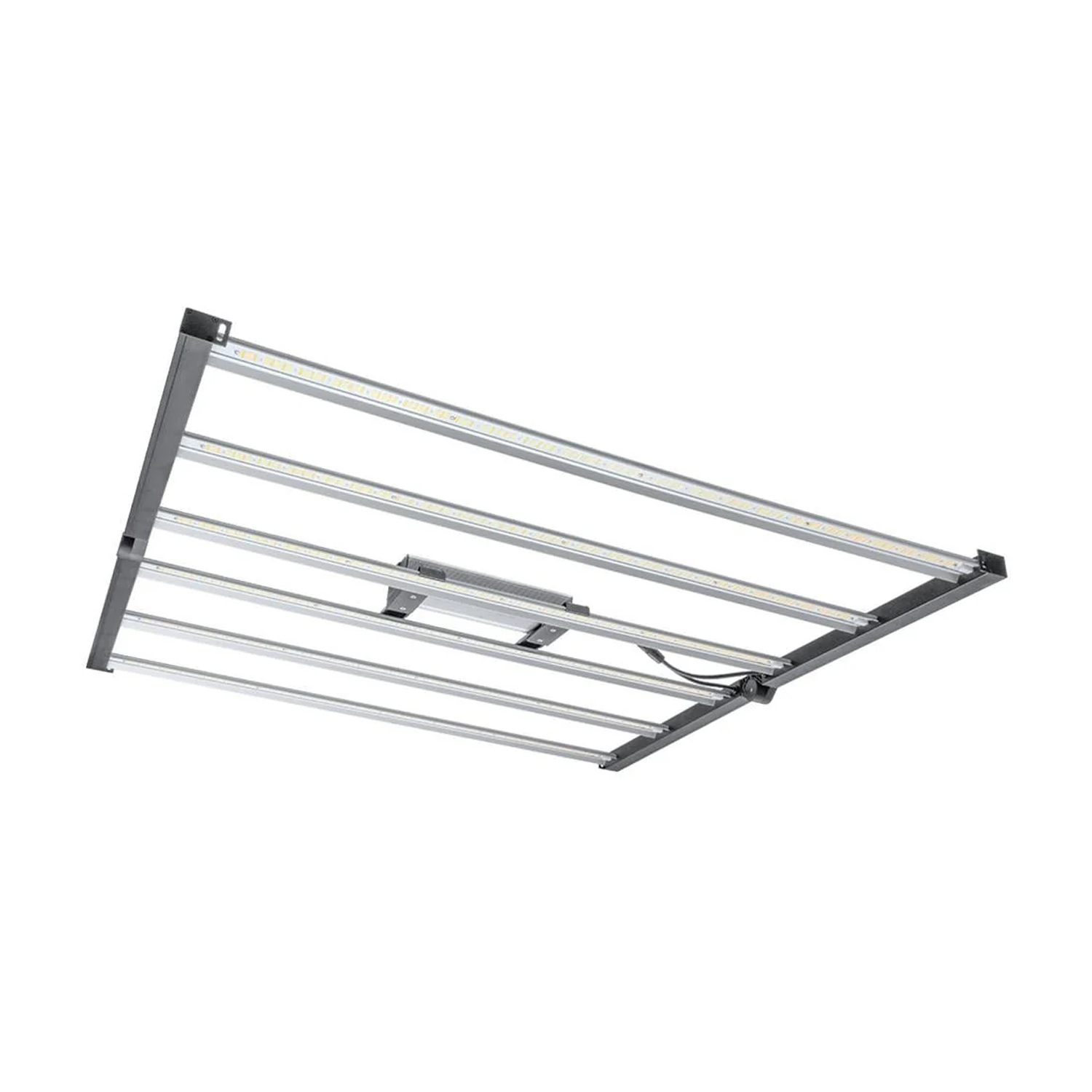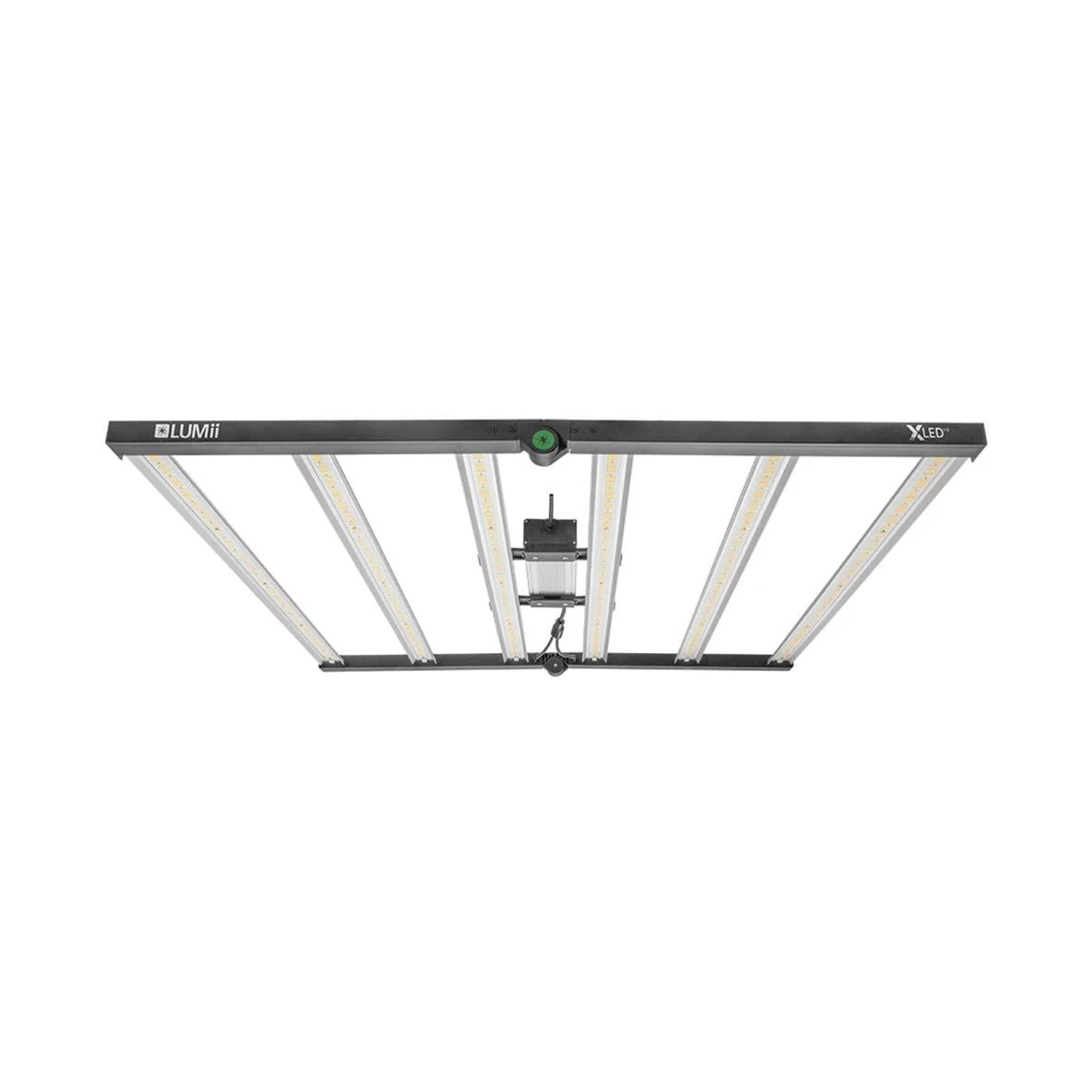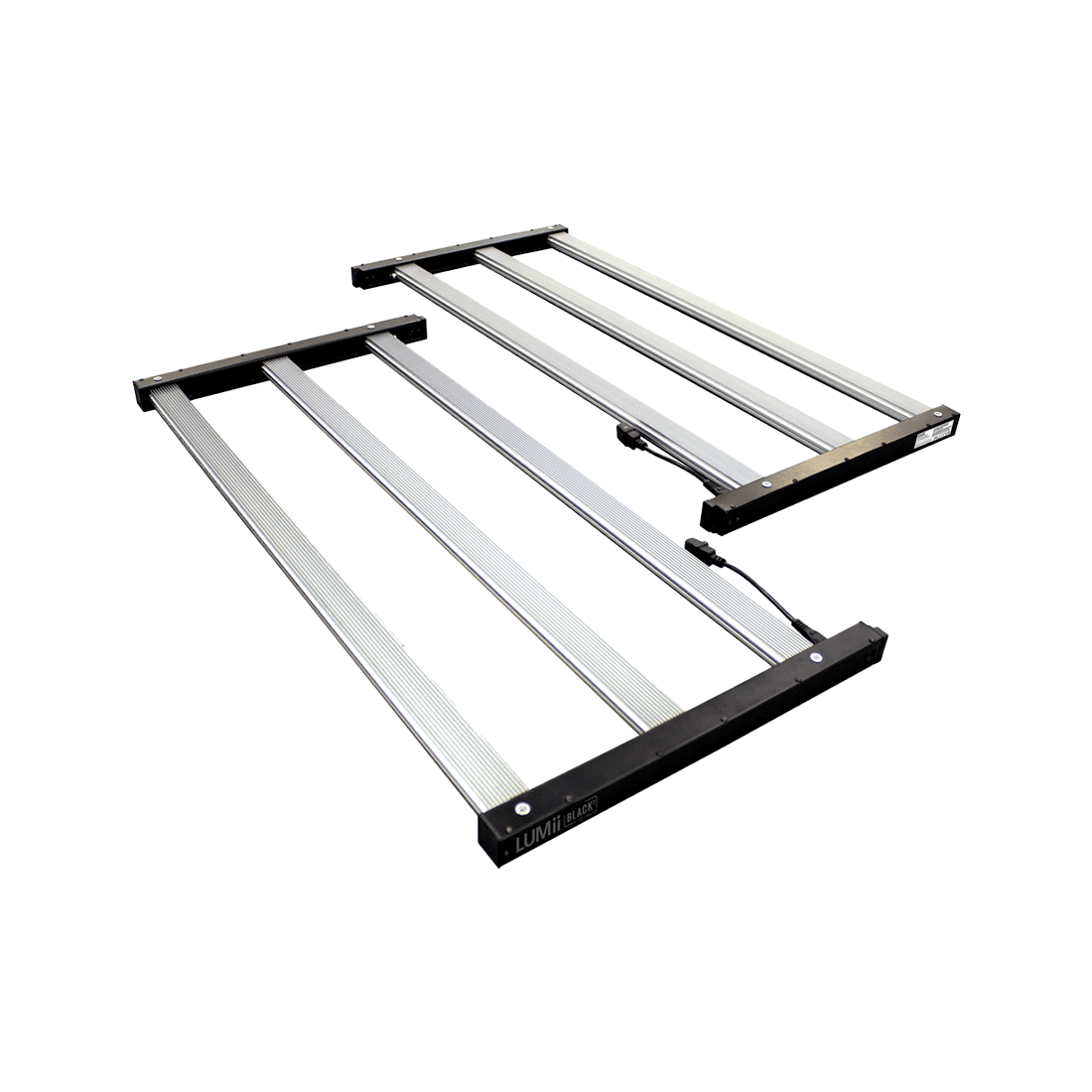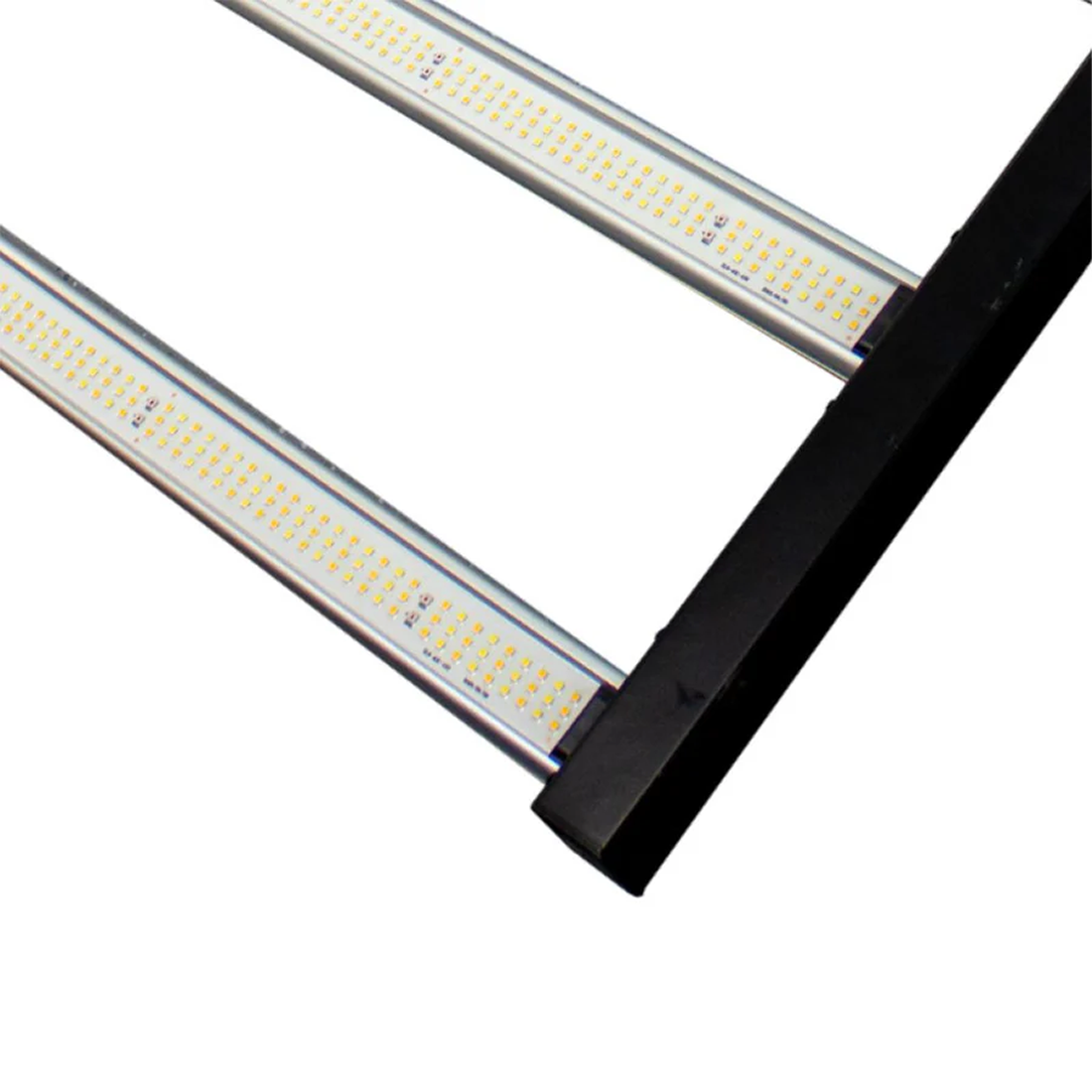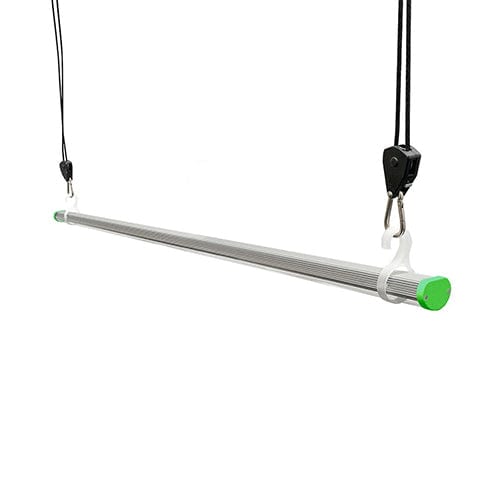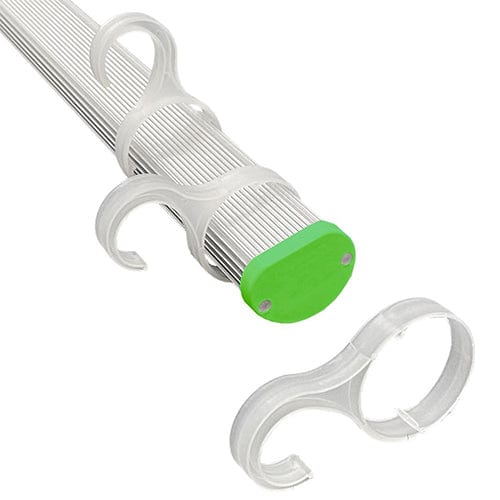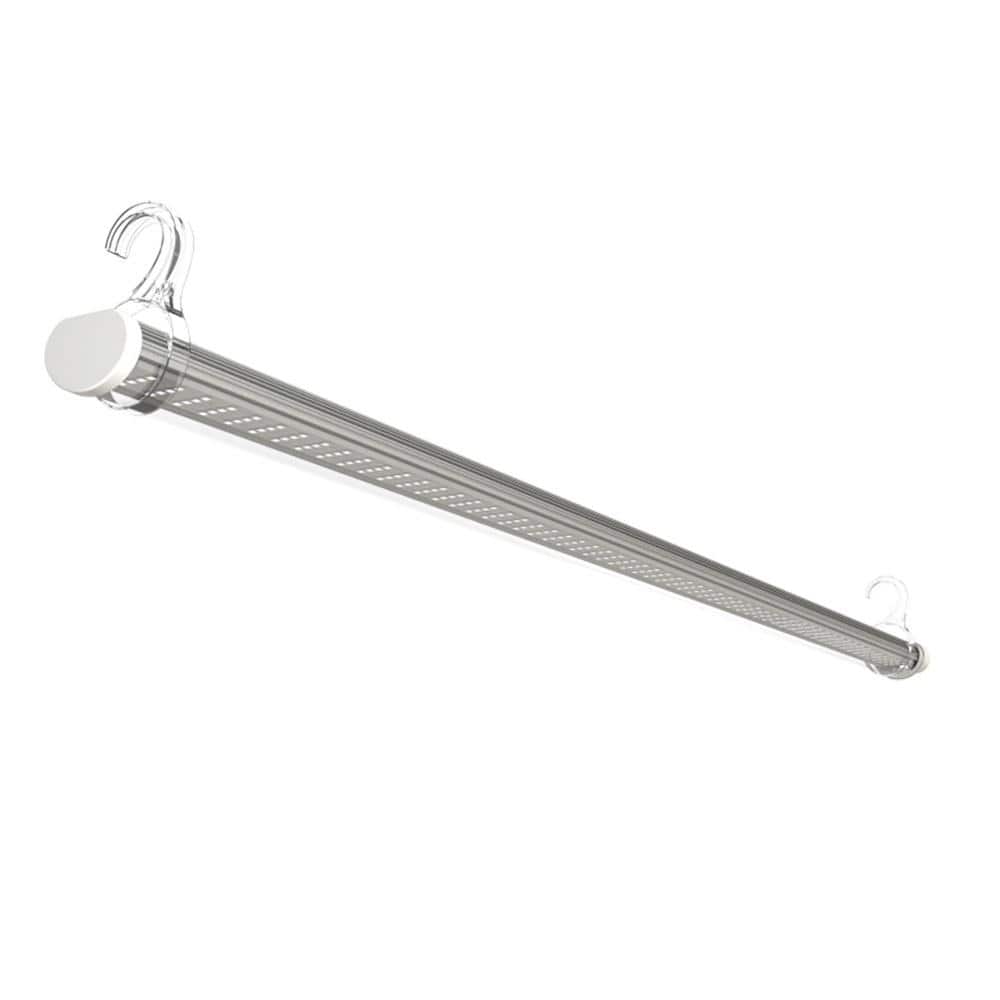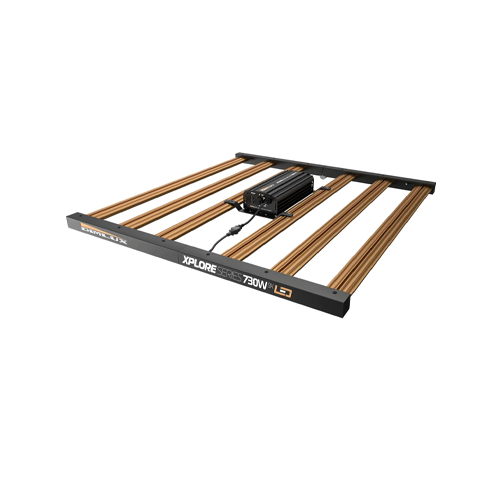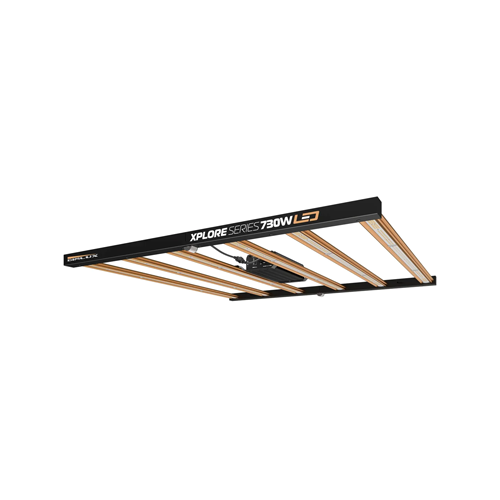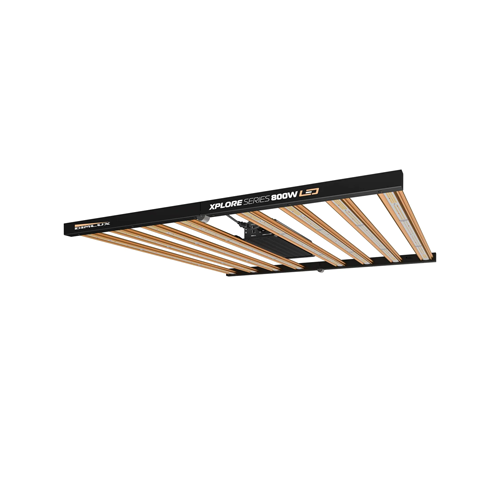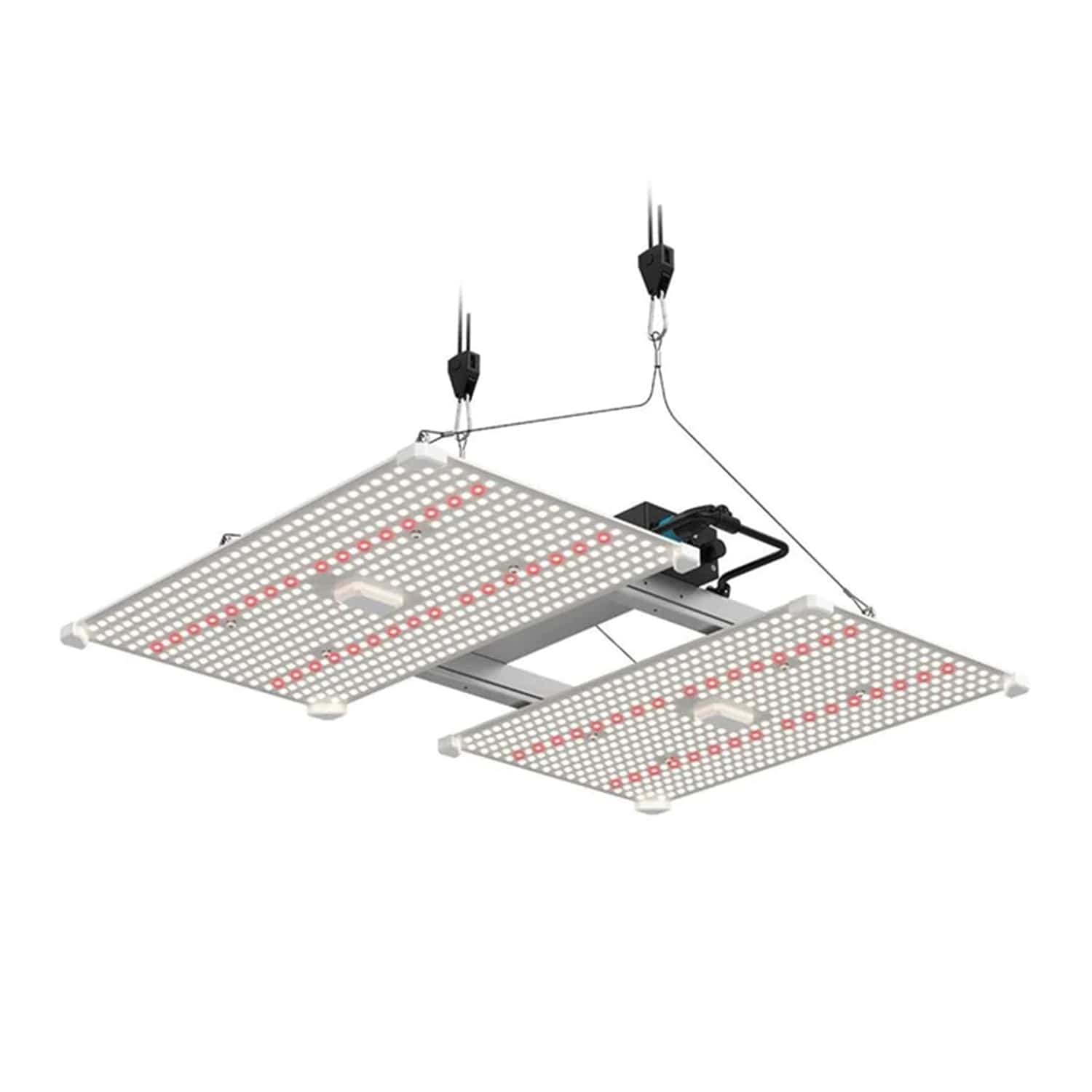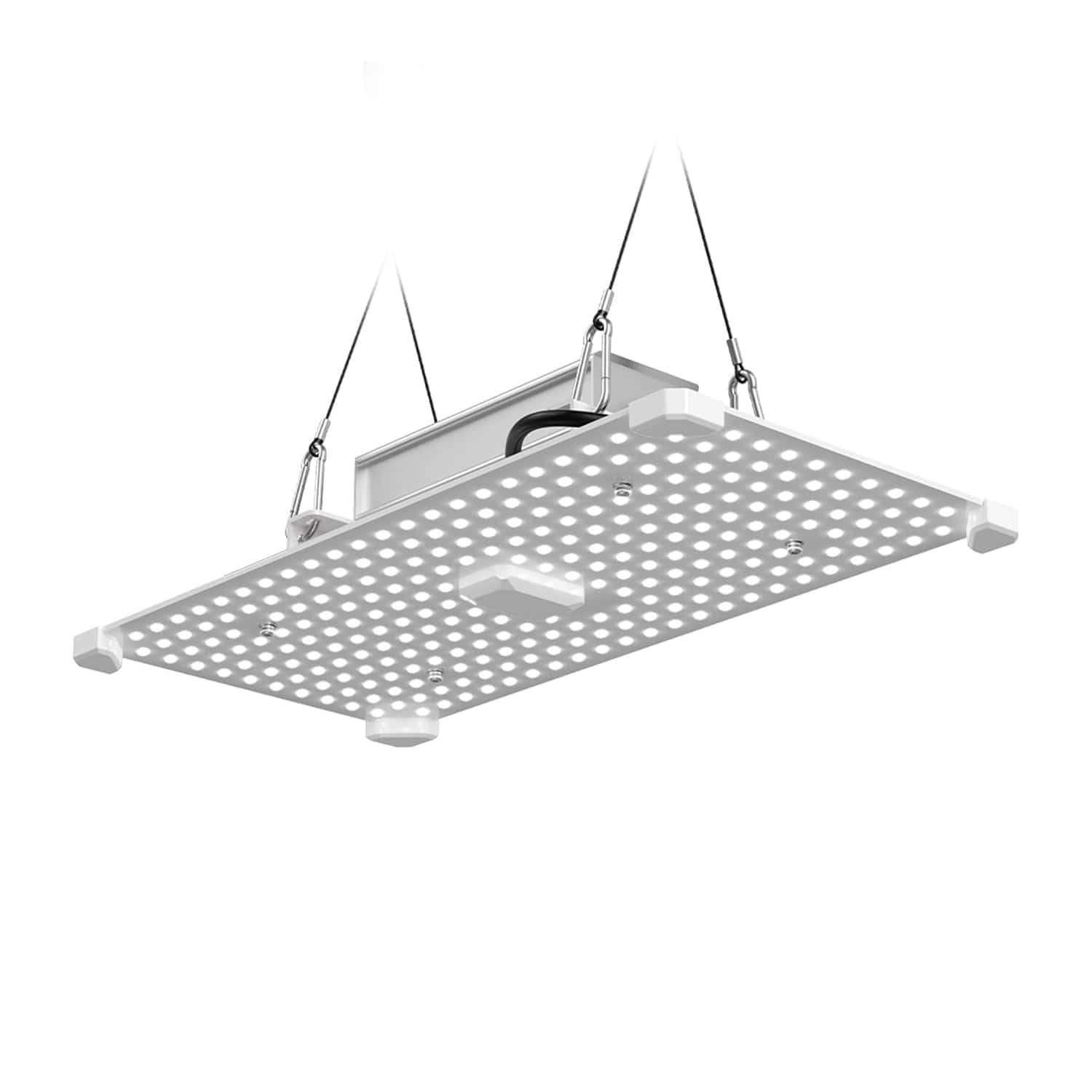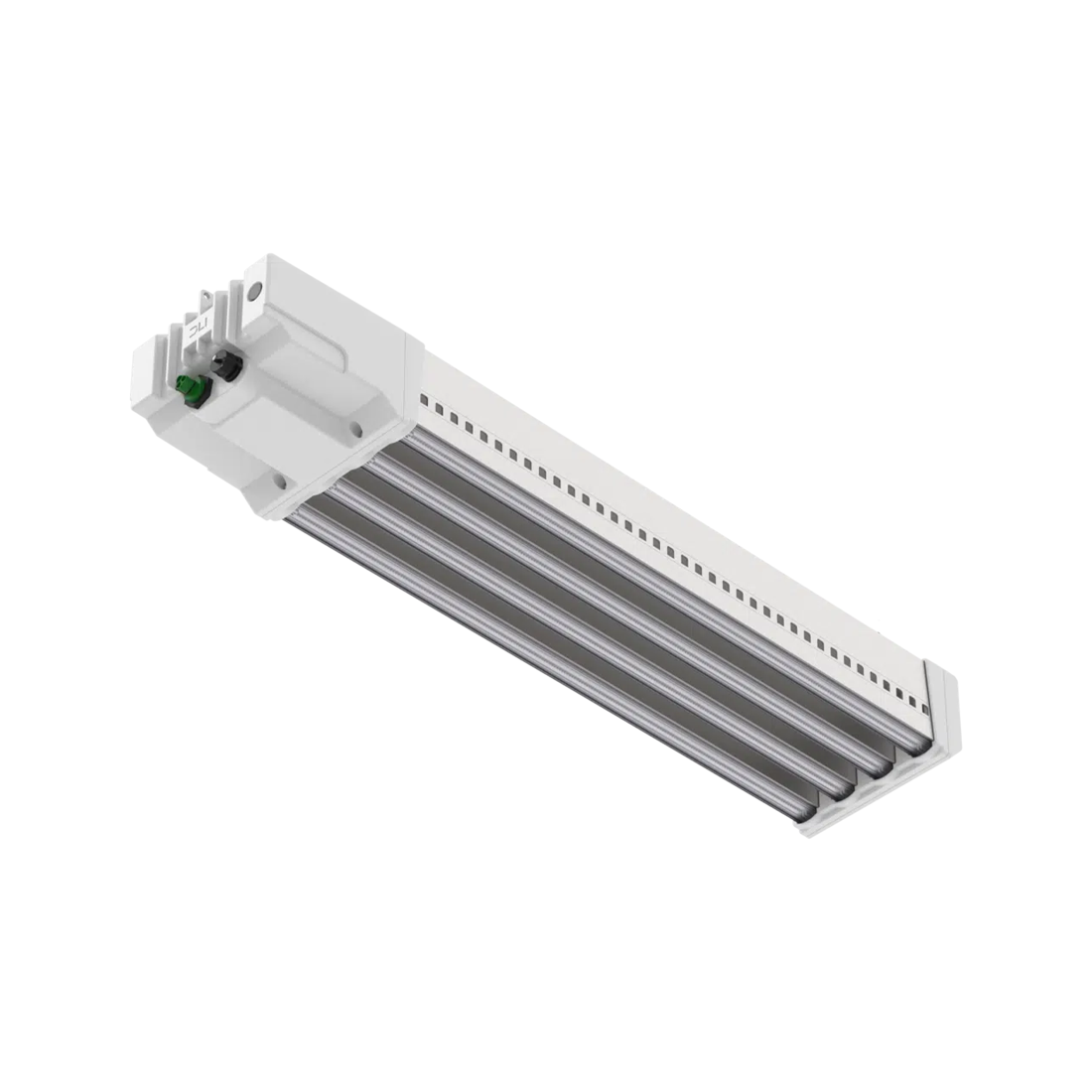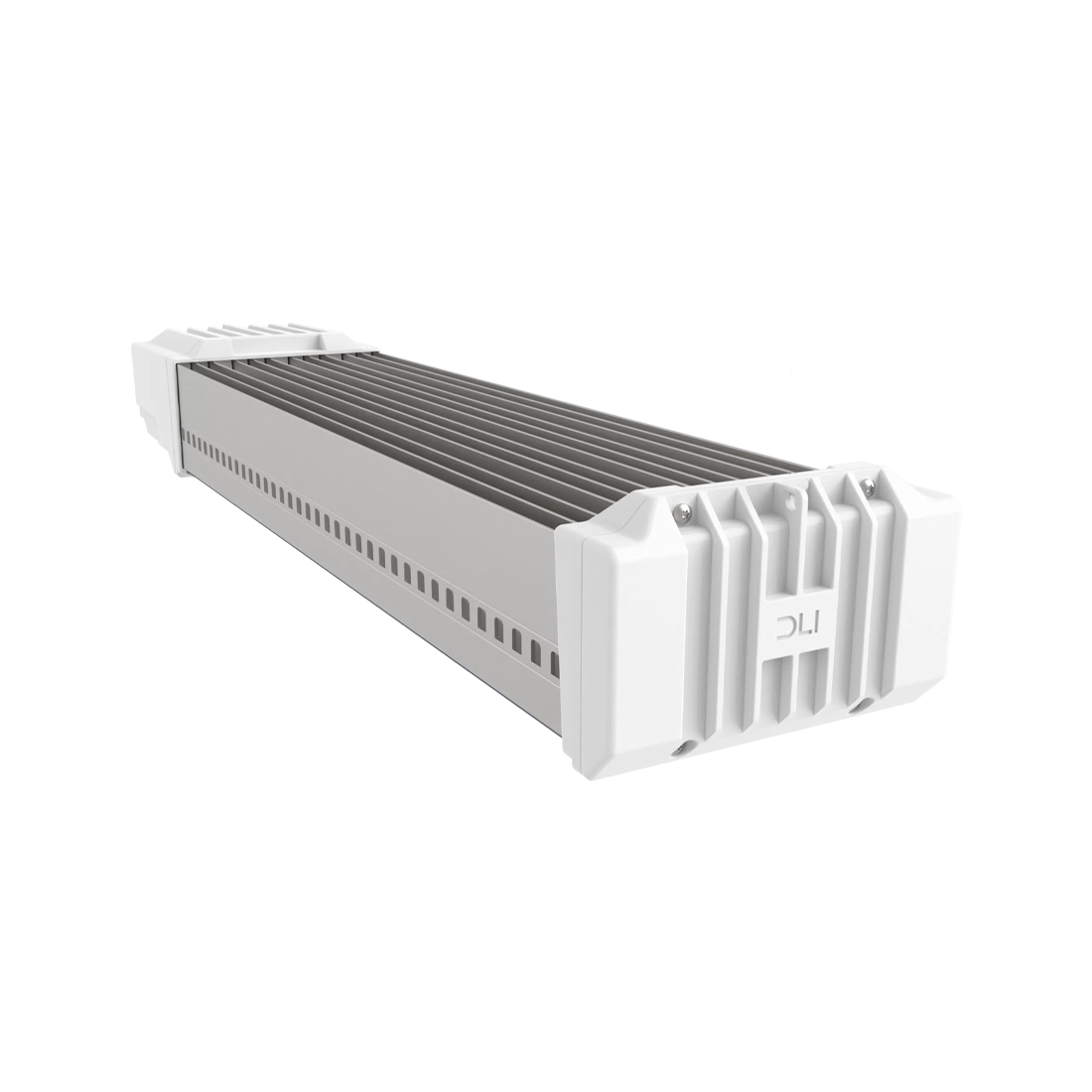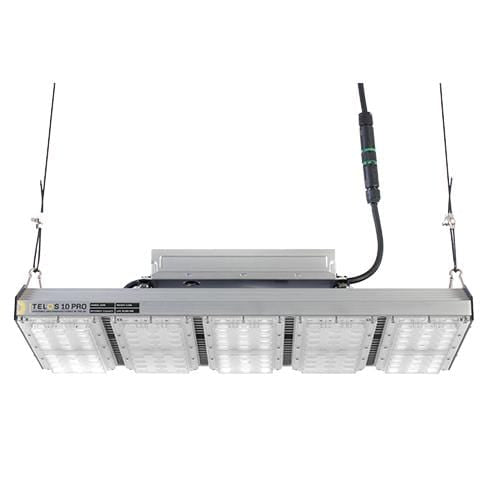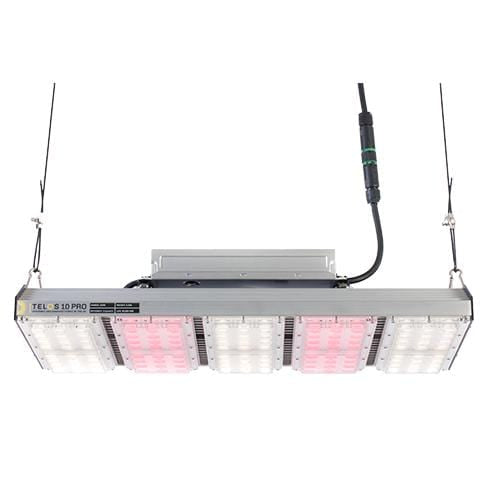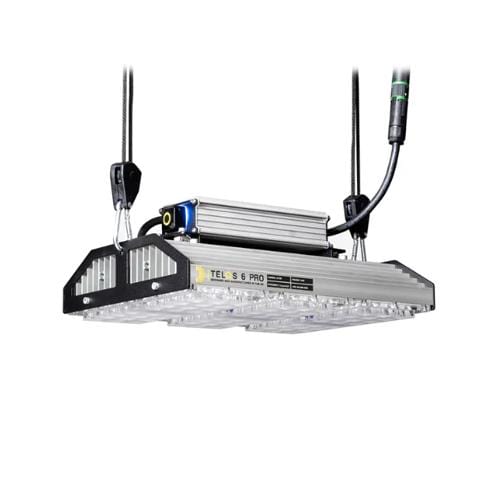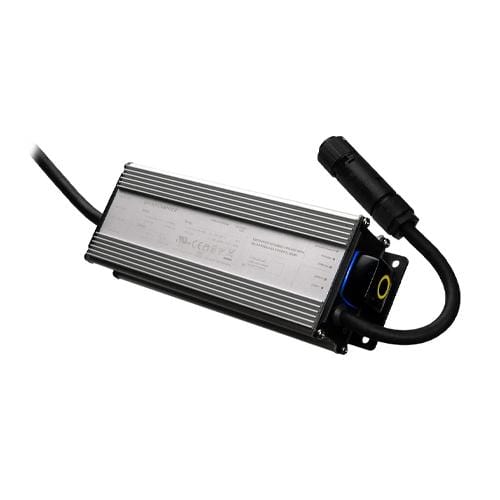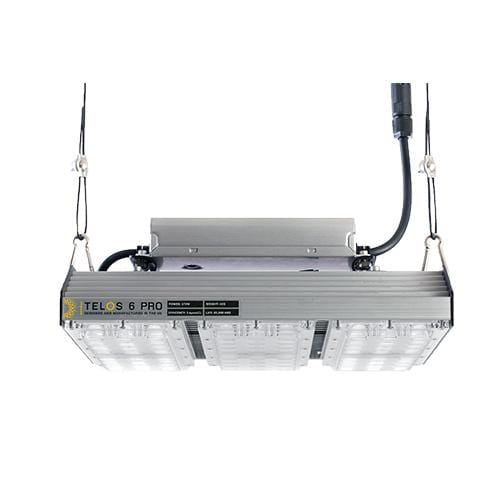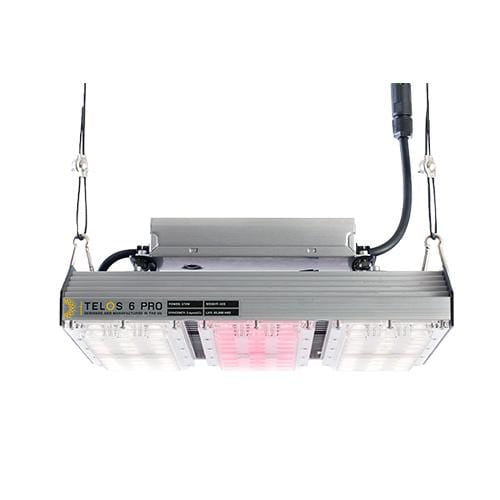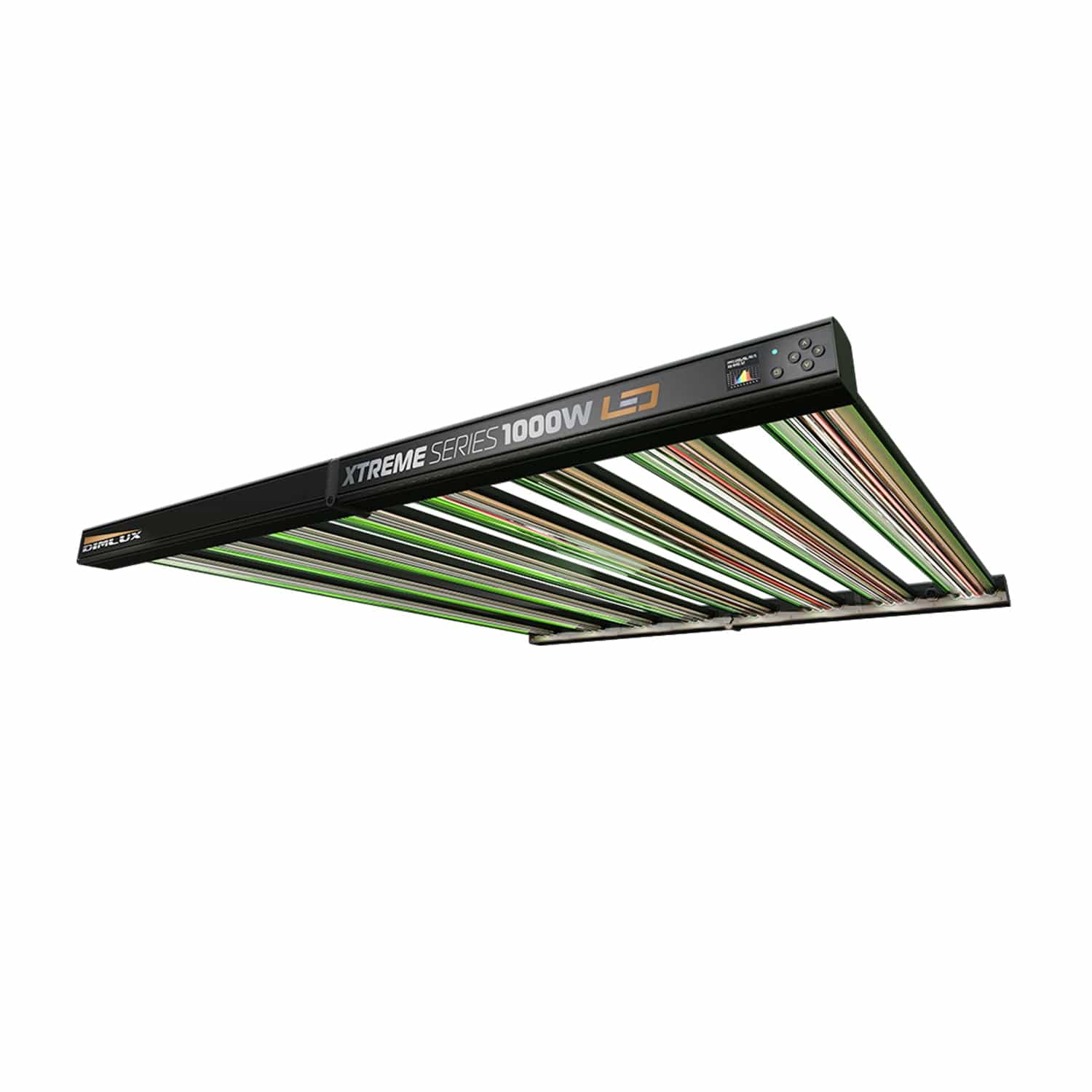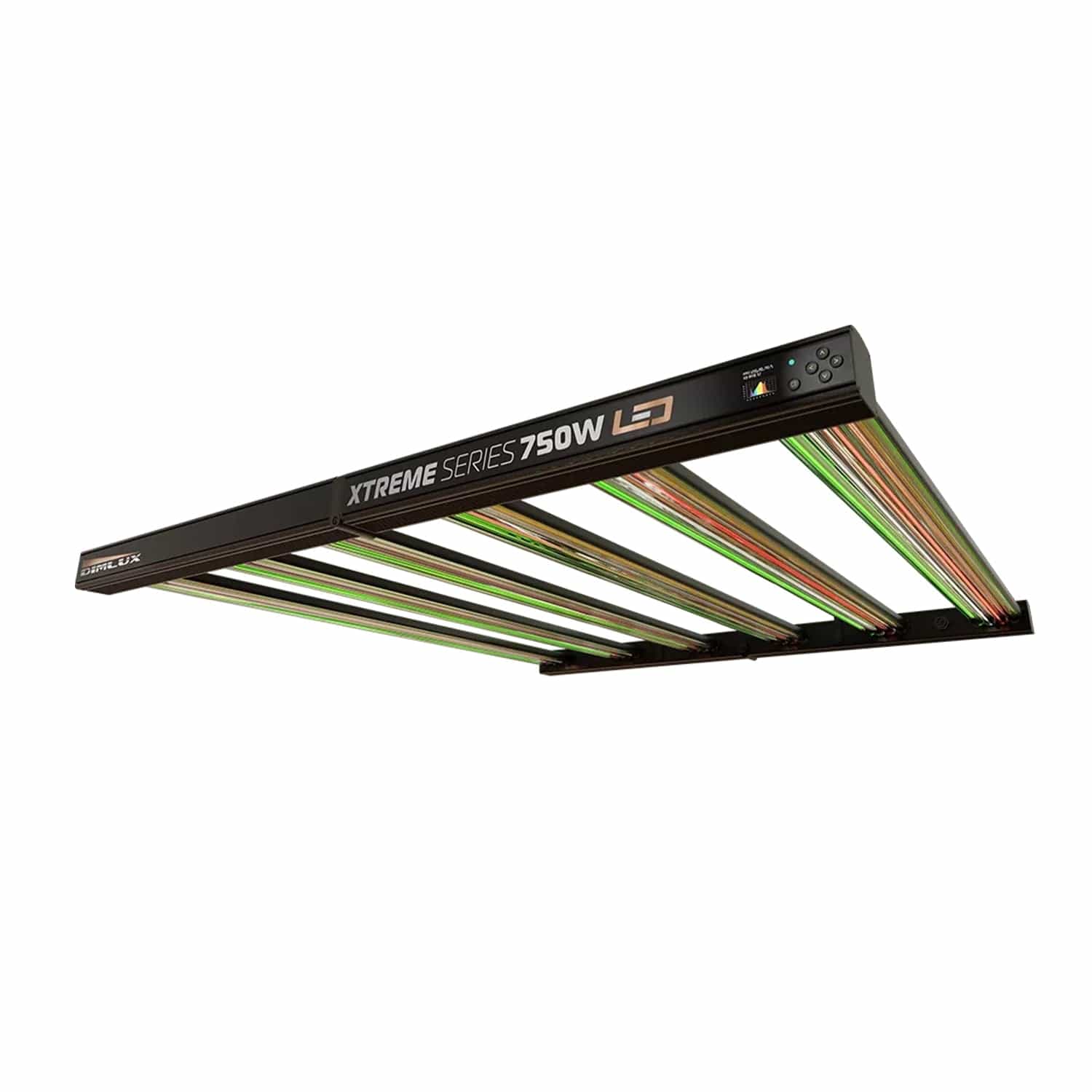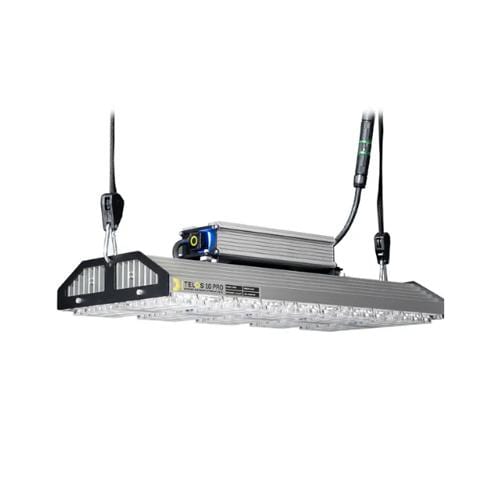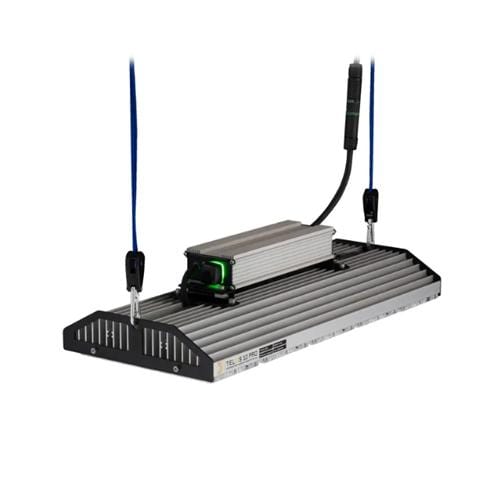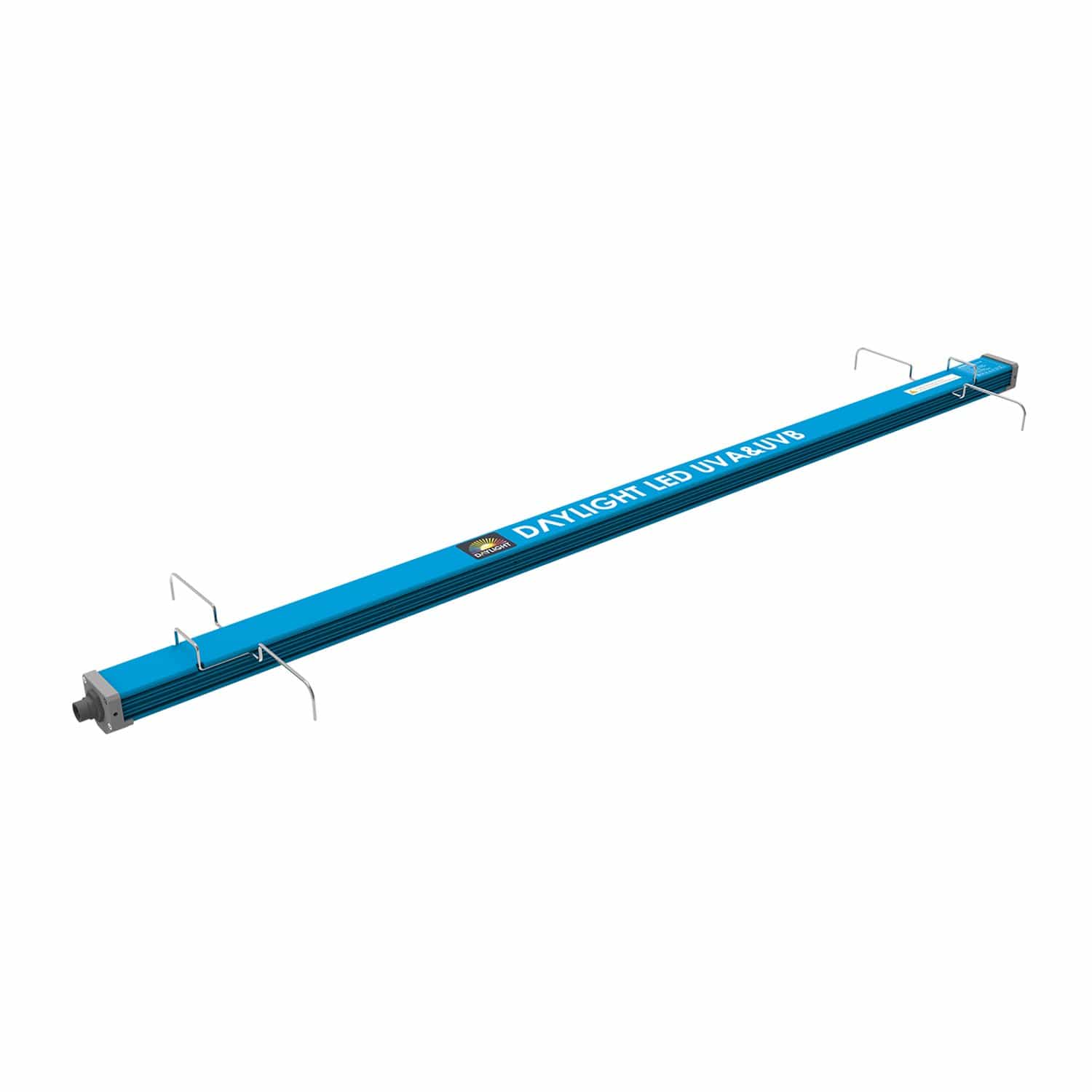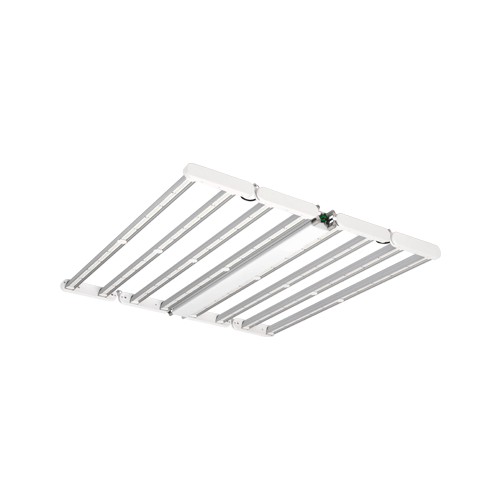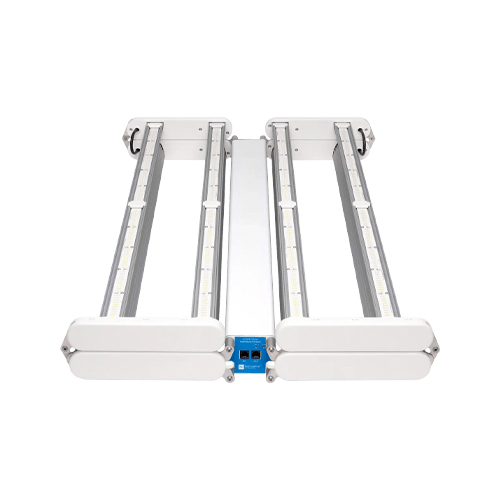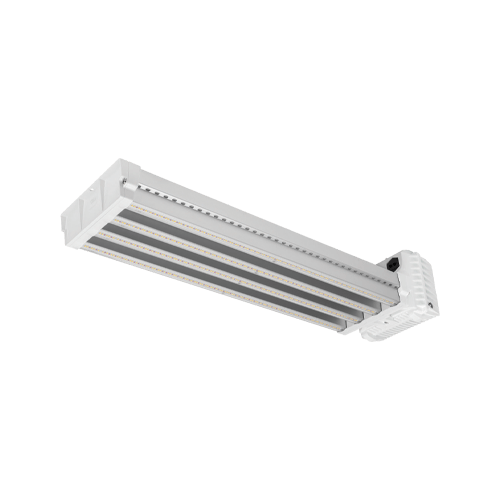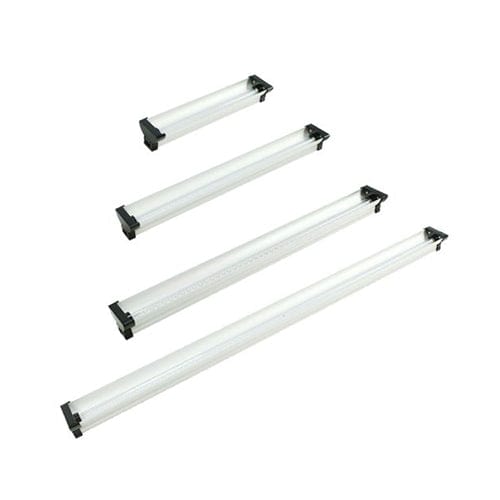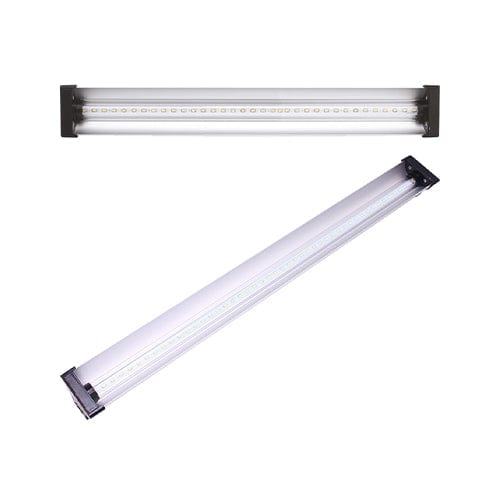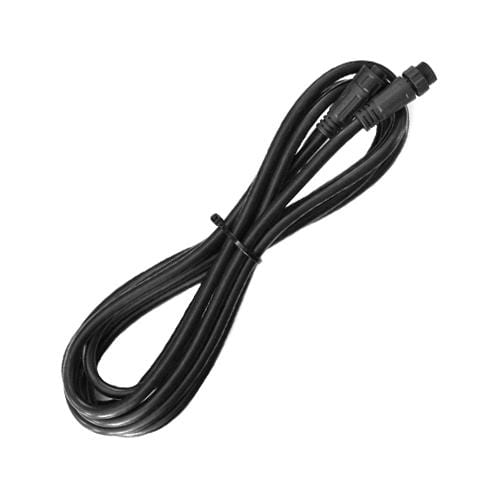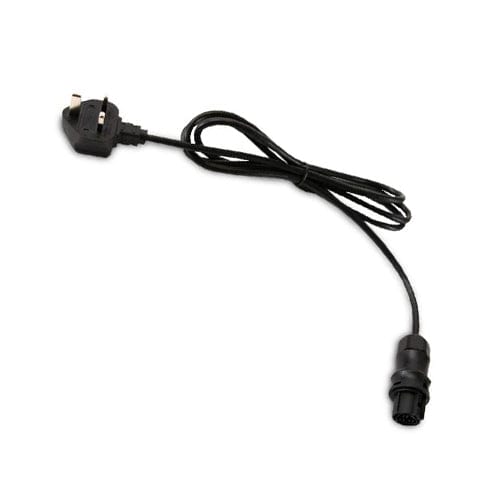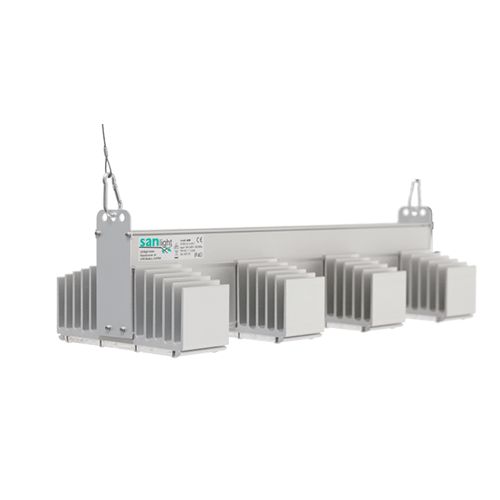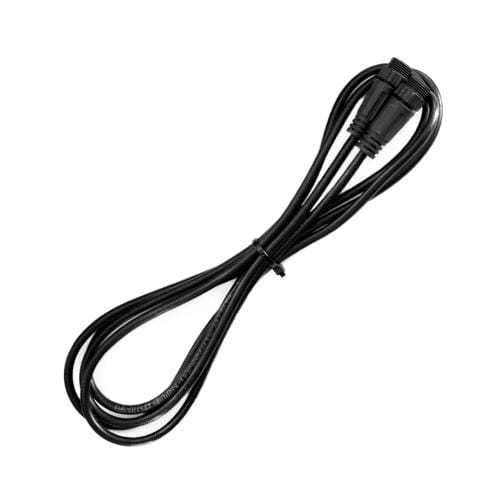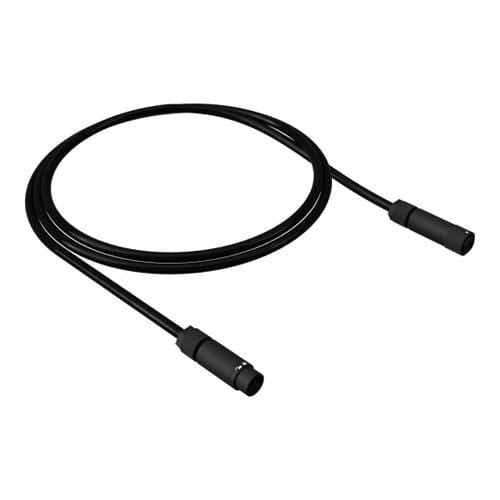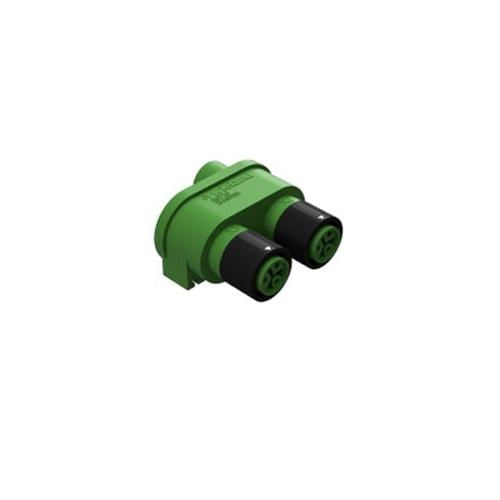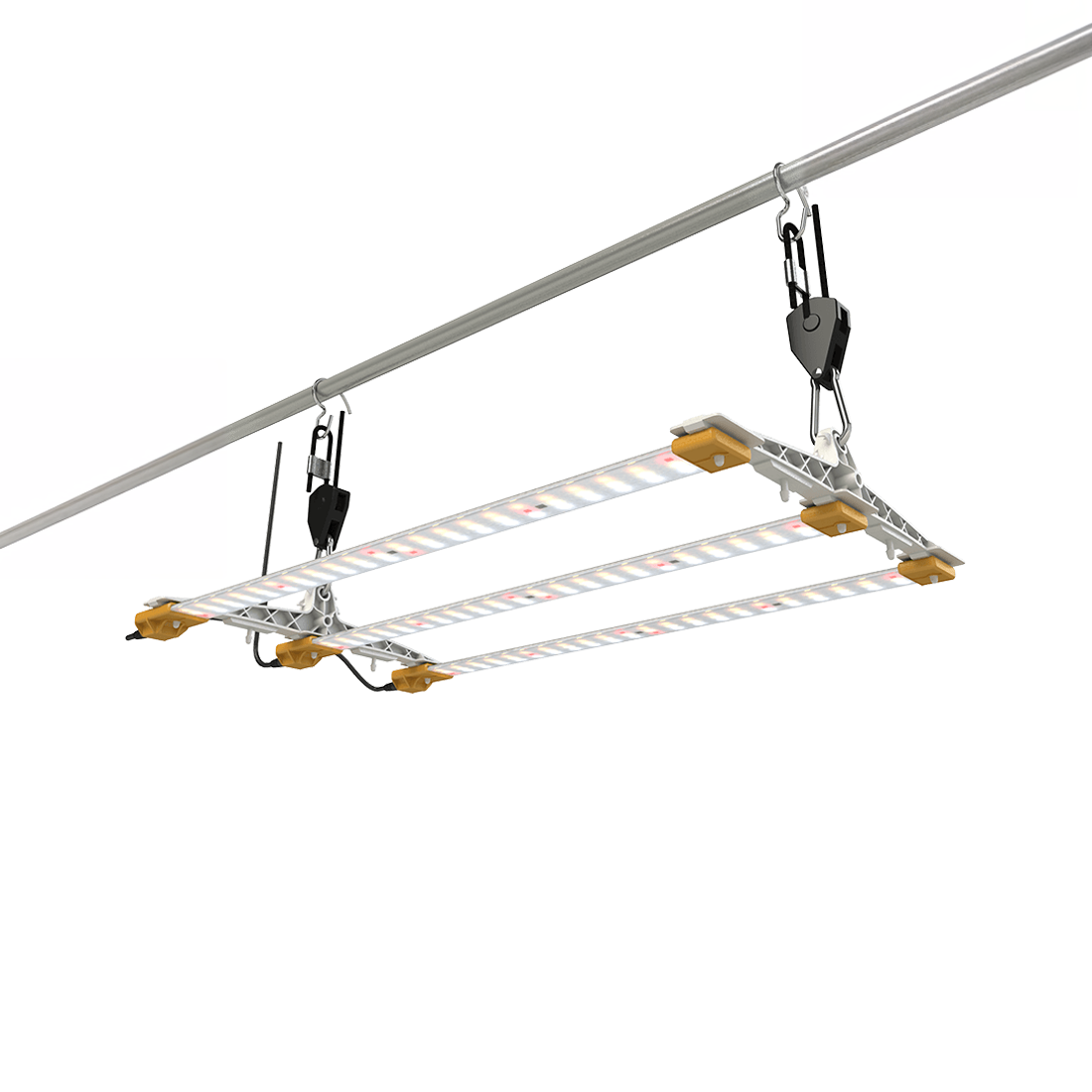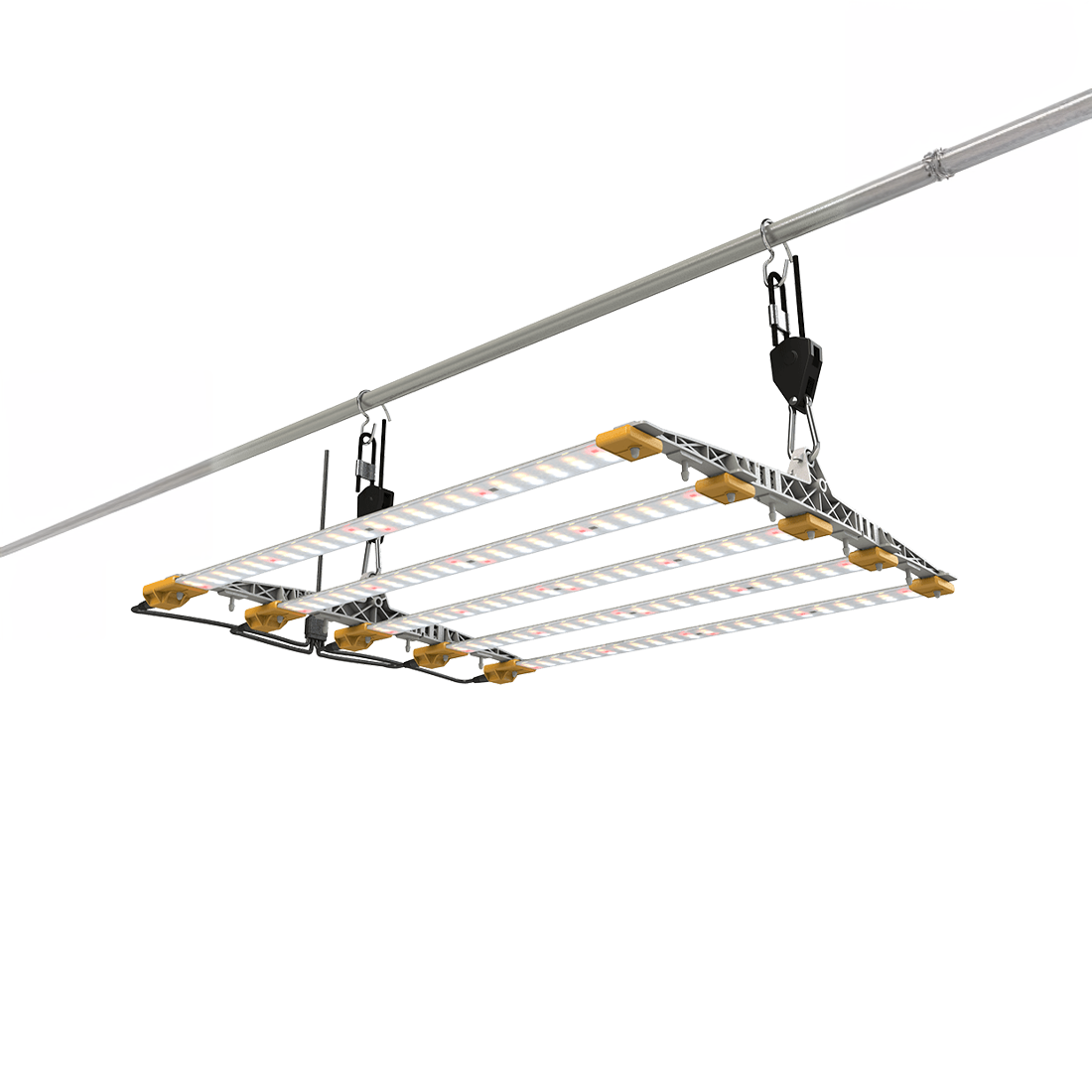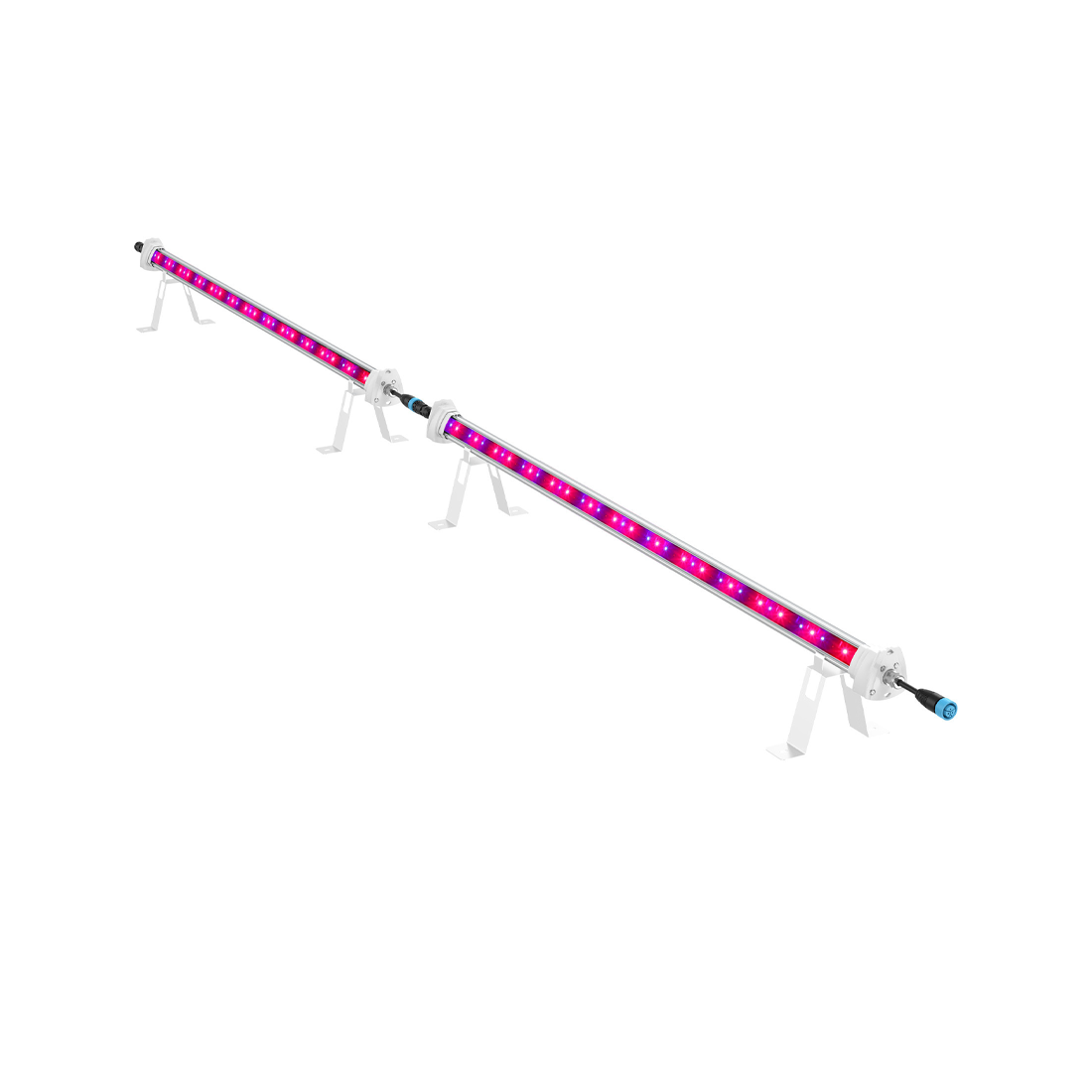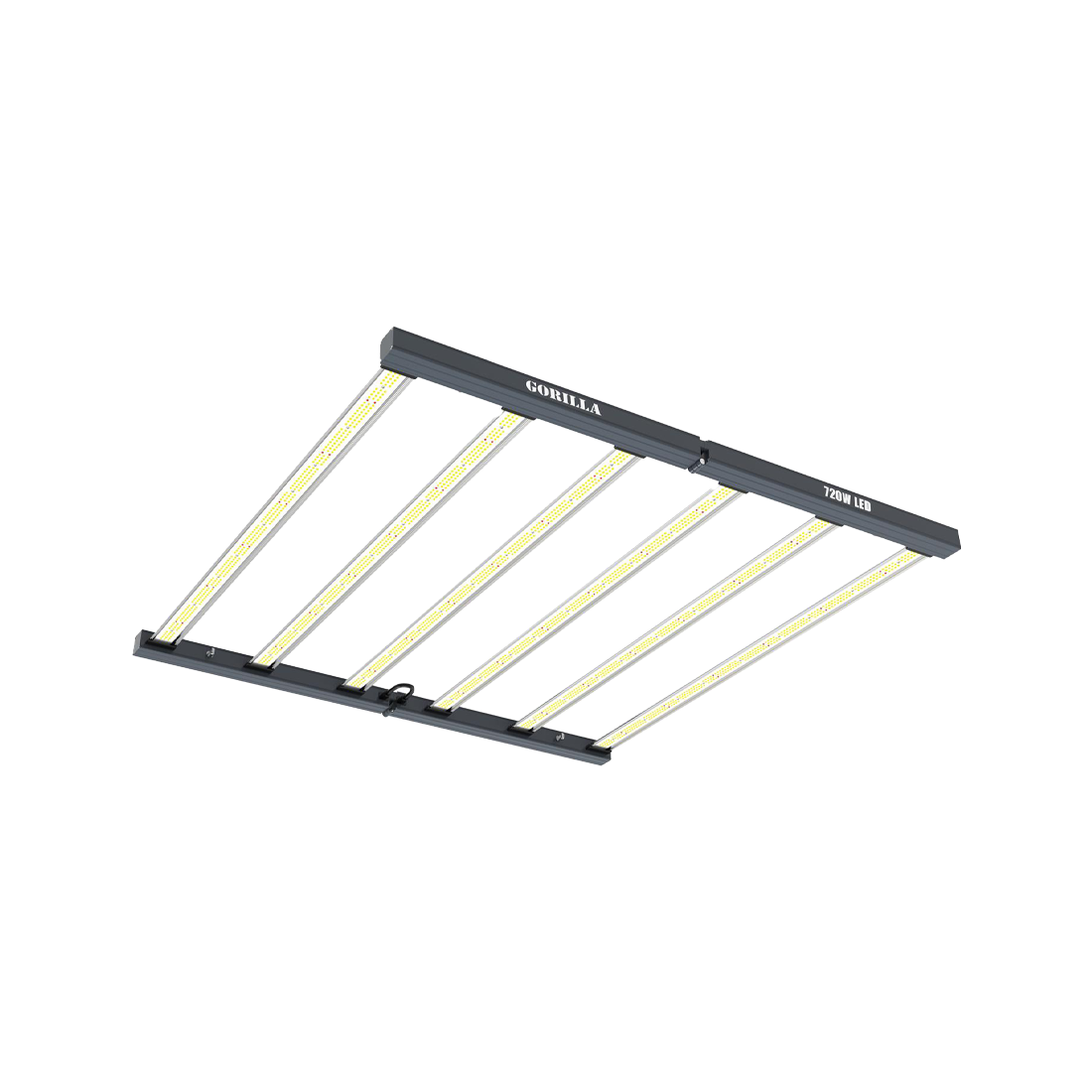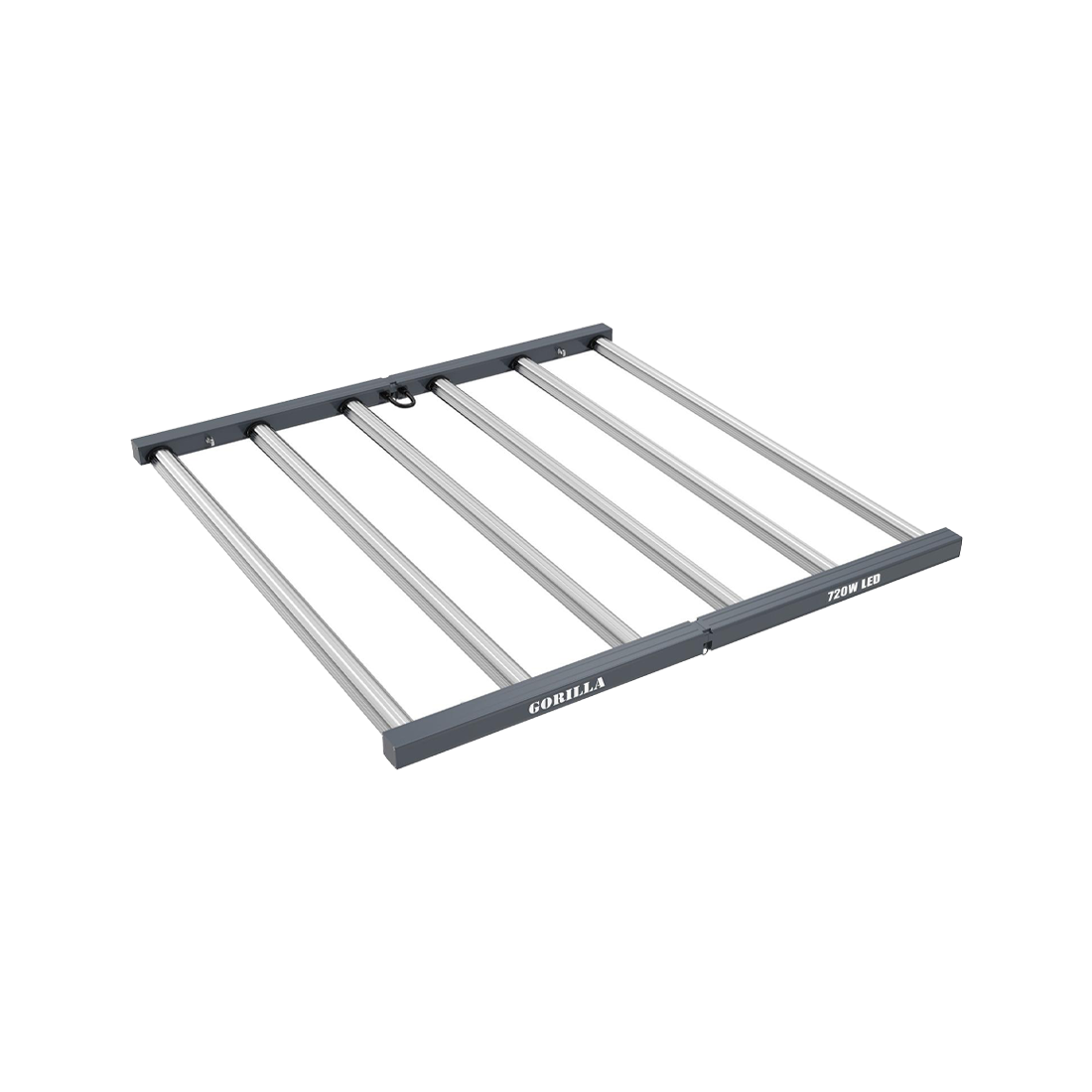Benefits of LED Grow Lights
LED grow lights offer many advantages for both professional and amateur growers. Benefits include:
Energy Efficiency
LEDs consume far less energy compared to other more traditional lighting systems such as high intensity discharge (HID) lamps. As a result, growers can reduce electricity costs and increase profit margins.
Low Heat Output
Unlike other types of grow light such as high pressure sodium lamps, and metal halide lights, LEDs emit very little heat. This reduces the risk of potential heat damage, and also helps to reduce fire risk. Less heat in the grow room also reduces the need for heavy duty cooling and ventilation systems which can help to reduce overall energy consumption.
Long Service Life
Light emitting diode lights have an impressive service life. Depending on the brand and model, LEDs can last from around 50,000 to 100,000 hours, which is a lot longer than the average lifespan of alternatives such as HPS, MH, and CDM lights.
Full Spectrum or Tailored to Specific Wavelengths
These lights are highly versatile and are available to buy to provide the full lighting spectrum or specific wavelengths to provide extra support for different growth stages.
Eco Friendly
Unlike some other types of lamp, LEDs do not contain toxic materials such as mercury. Their reduced running costs can also help to lower the carbon footprint of your indoor garden.
Sleek Design
Thanks to their sleek design, LED lights can fit into tighter and smaller grow rooms, and your plants can safely grow close to the light.
User Friendly
One distinct advantage of using full spectrum lights is that you do not need to change the lighting system as your plants grow.
What does LED stand for and how do LED lights work?
LED stands for ‘light emitting diode’. This type of lighting contains a semiconductor device. When an electrical current passes through semiconductors within the diode, light is emitted.
Top 5 LED Grow Lights in the UK
Maxibright Varidrive 720W LED - This foldable LED fixture is designed to enhance indoor growing, delivering a powerful 1870 µmol/s of full-spectrum light with uniform coverage across a 1.5 x 1.5m area—ideal for both vegetative and flowering stages. Powered by the adjustable Varidrive 600W ballast, it offers precise light control, additional red wavelengths for improved flowering, and a long-lasting 50,000-hour lifespan, all in a lightweight, easy-to-assemble design.
Lumatek Zeus LED – These full-spectrum LEDs deliver the perfect balance of light quality and intensity, providing a powerful single-source solution for every stage of plant growth, from vegetative to flowering.
Lumii Black 720W LED - With adjustable power settings from 250W to 720W, this light offers flexibility for different growth stages, with a 600W Boost mode for maximum intensity. Its full-spectrum output ensures optimal plant development from start to finish, delivering a powerful PPF of 1870µmol/s—outperforming traditional 1000W HPS lamps.
LUMii Black2 LED 720/960W - An upgrade on the previous model, you can now run 2 ballasts to push your power up! The fixture itself can be split in half, and run with separate ballasts to help with hard to fill spaces.
Maxibright MaxiLED Under-Canopy LED – These lights are designed to enhance plant growth by delivering focused Blue and Red spectrum light to the lower parts of plants, boosting photosynthesis for uniform growth and higher yields. With energy efficiency, silent operation, and a long lifespan, these LEDs provide reliable, easy-to-use lighting for optimized crop quality and performance.
What is the difference between full spectrum, red and blue lights
Since not all LED grow lights emit the full spectrum of light, it is important to know which one to consider based on the plants and the setup at hand.
Full spectrum LEDs mimic all the wavelengths of natural sunlight, from ultraviolet to infrared. For most growers, full spectrum lights provide a user friendly, cost effective option. They tend to be very popular for indoor plant cultivation, because the full spectrum of wavelengths supports every growth stage from propagation and vegetative, to flowering and fruiting.
However, in some cases, specialised plant species such as certain exotic plants may have very specific requirements and benefit from a boost of wavelengths from a particular section of the light spectrum. For example, some plants might benefit from more blue light during the vegetative stage to promote robust leaf growth and strong stems. Alternatively, some plant species may require more red light to boost flowering and fruiting.
How many LED grow lights to buy?
The number of LED grow lights you need depends on the size of your grow space and the light requirements of your plants. As a general rule, aim for 30-50W per square foot for high-light plants like fruiting vegetables and tropical plants, while low-light plants can thrive with less.
For even coverage and maximum yields, choose LED fixtures that match your grow area dimensions.
What are the disadvantages of LED grow lamps?
When LEDs were first introduced to the market, this new technology came with a premium price tag, making them a more expensive option compared to alternatives such as HPS grow lights. However, over the years advances in LED lighting technology have seen production costs fall, resulting in a significant reduction in costs to the end user. As a result, LEDs are now cheaper to buy and are one of the most popular types of grow light on the market.
Another potential disadvantage in older LED lighting was their light intensity and canopy cover. Again, advances over time have closed the gap between HID and LED lamps.
Extended exposure to bright light and blue light can damage the eyes, and for some, this has been a concern when using LEDs. However, this can be easily overcome by wearing suitable grow room glasses to protect against UV and infrared rays.
Always Buy High-Quality LED Grow Lights
As always, investing in quality grow lights from the get go is a good idea. Although LEDs offer a wide range of benefits, better brands will deliver superior light quality and intensity.
At London Grow, we only sell quality lighting to ensure total customer satisfaction. If you need any help selecting the right system for your indoor grow room or tent, get in touch and we’ll be happy to help.



